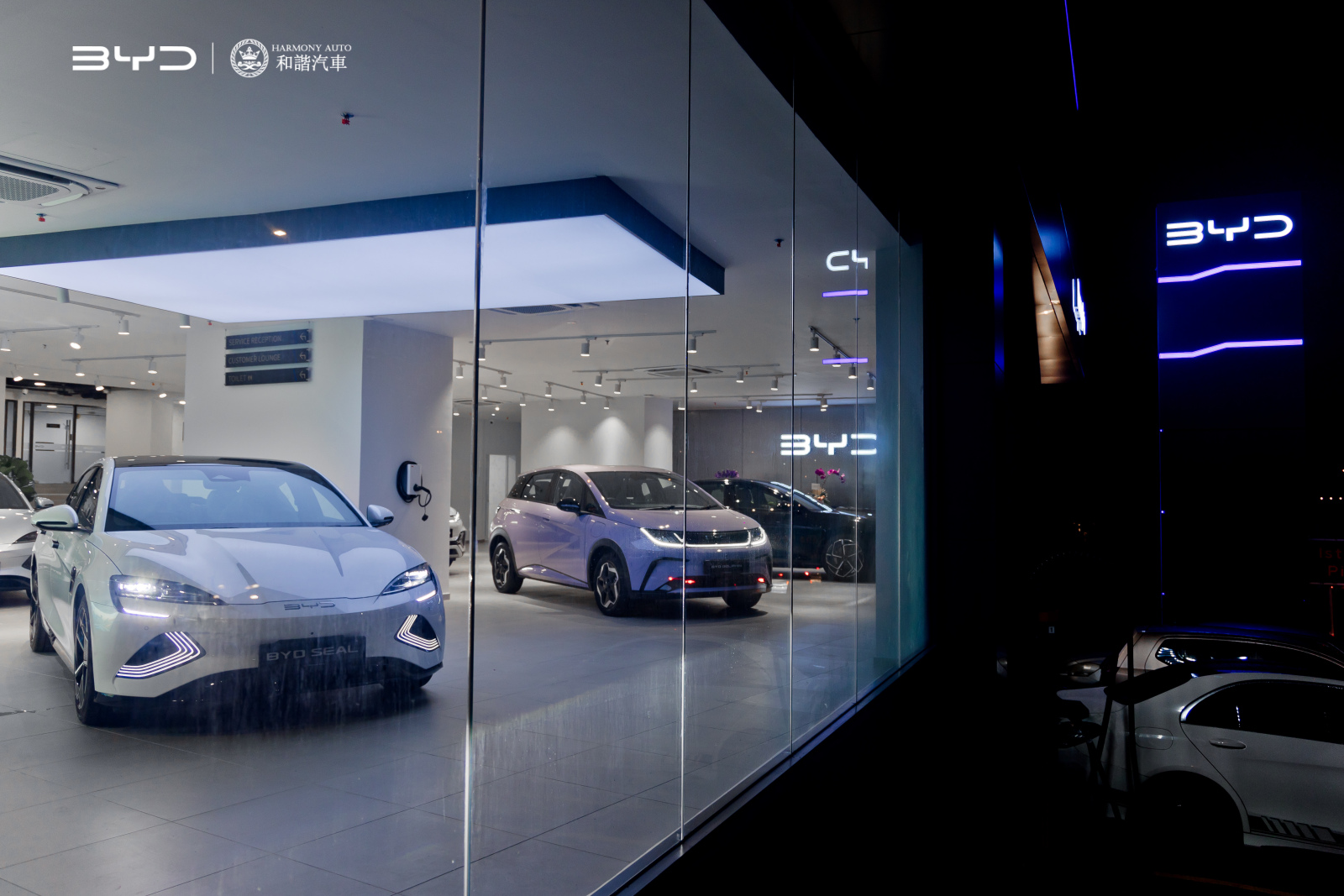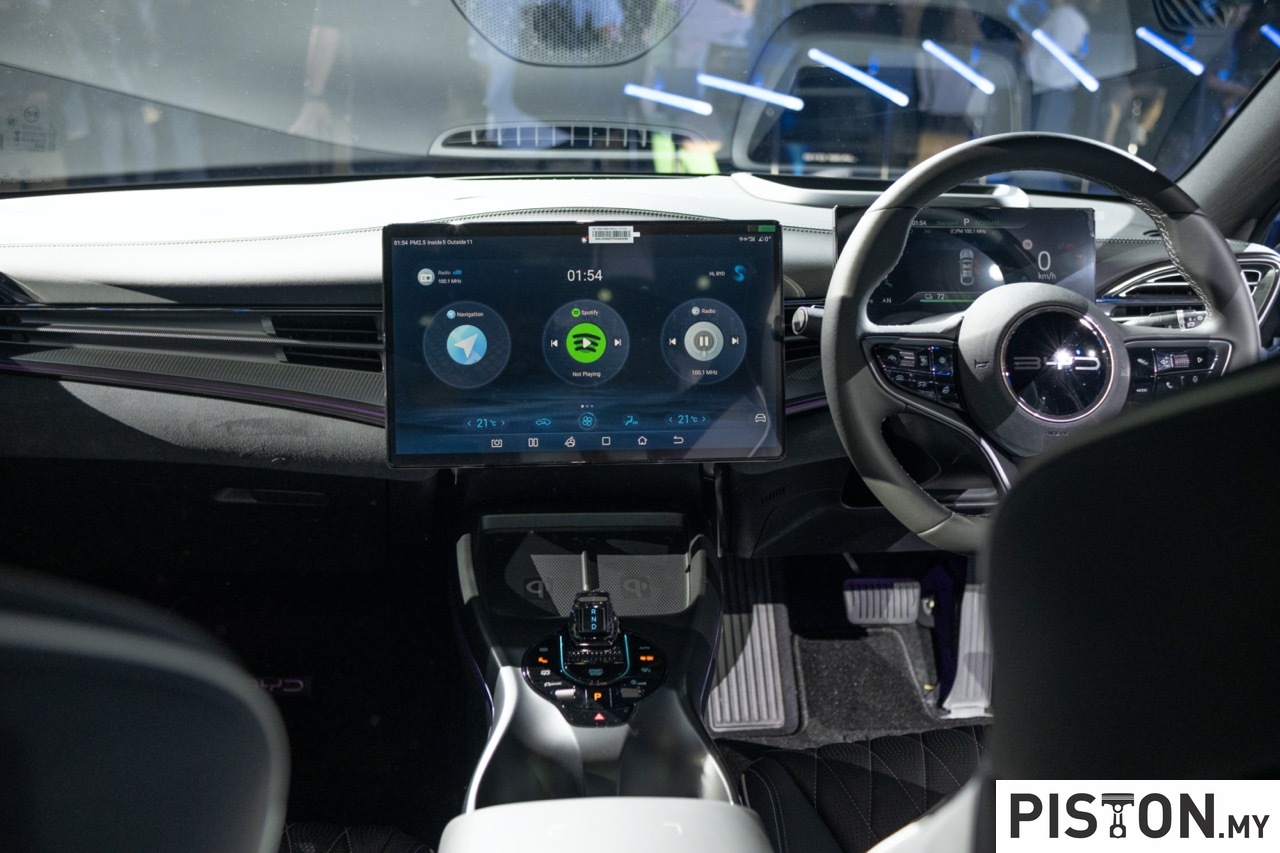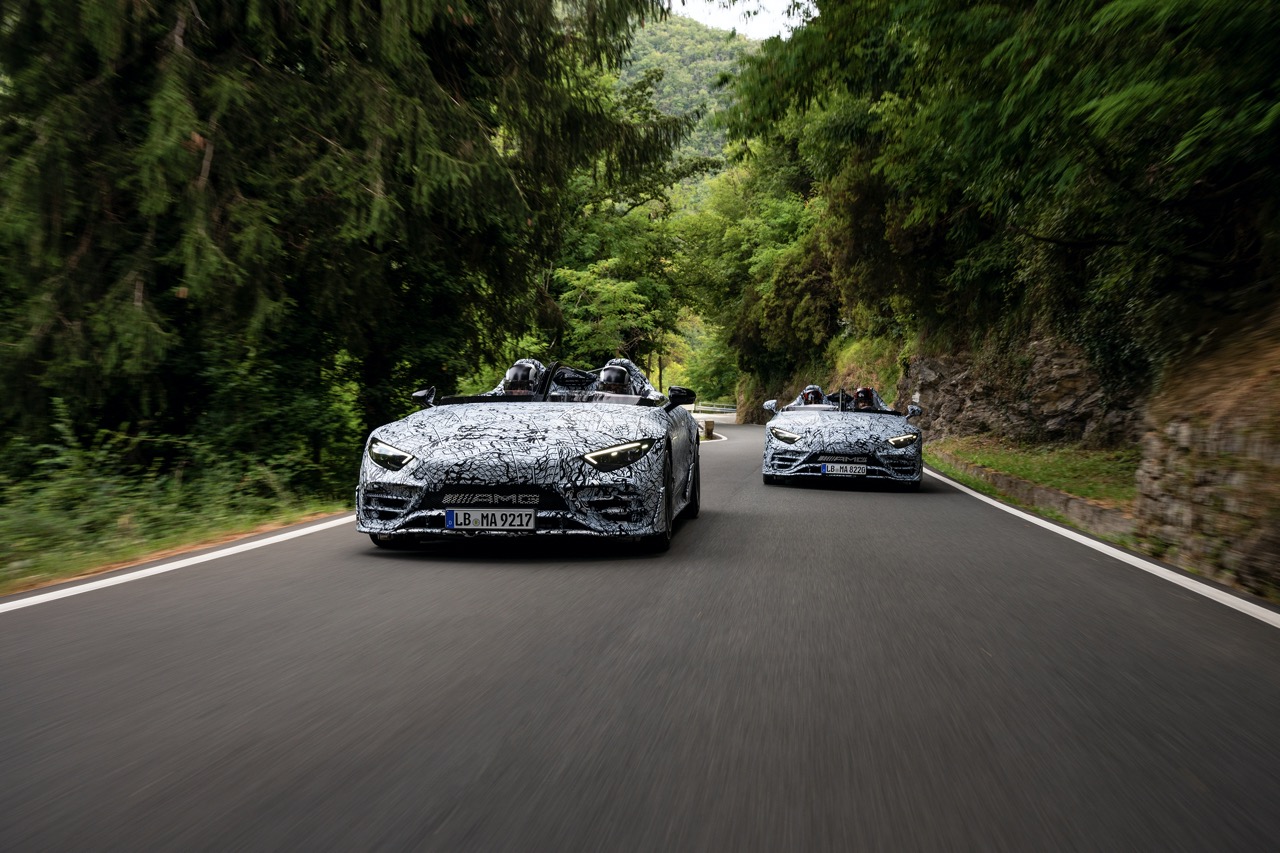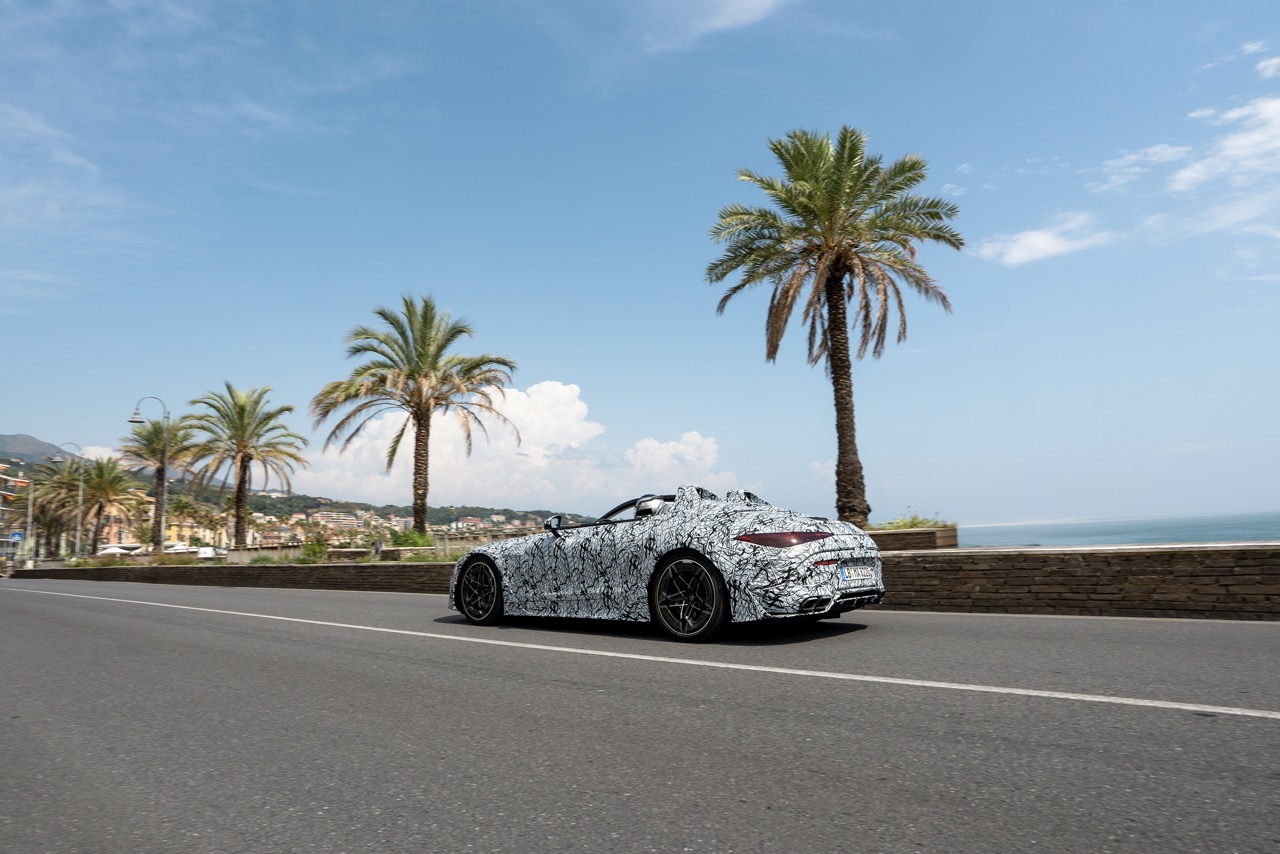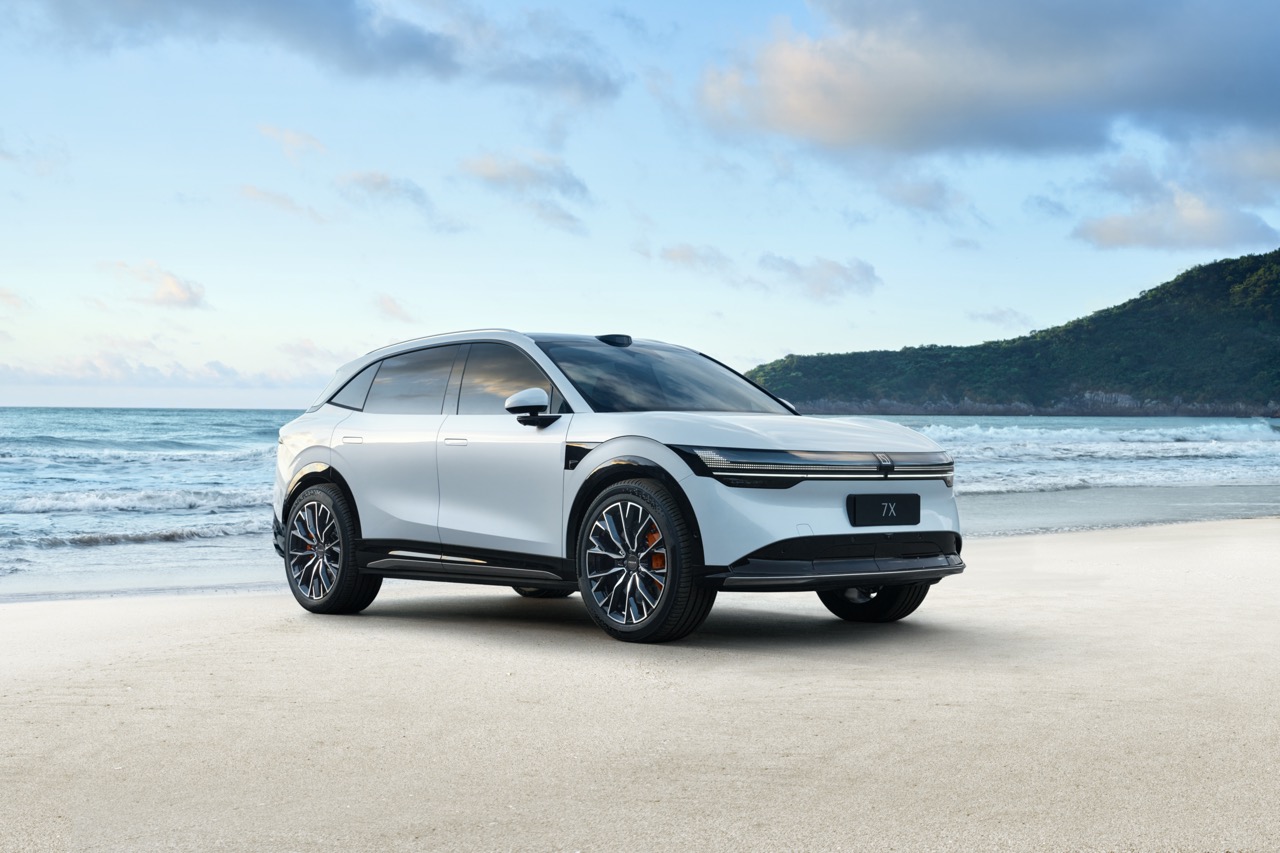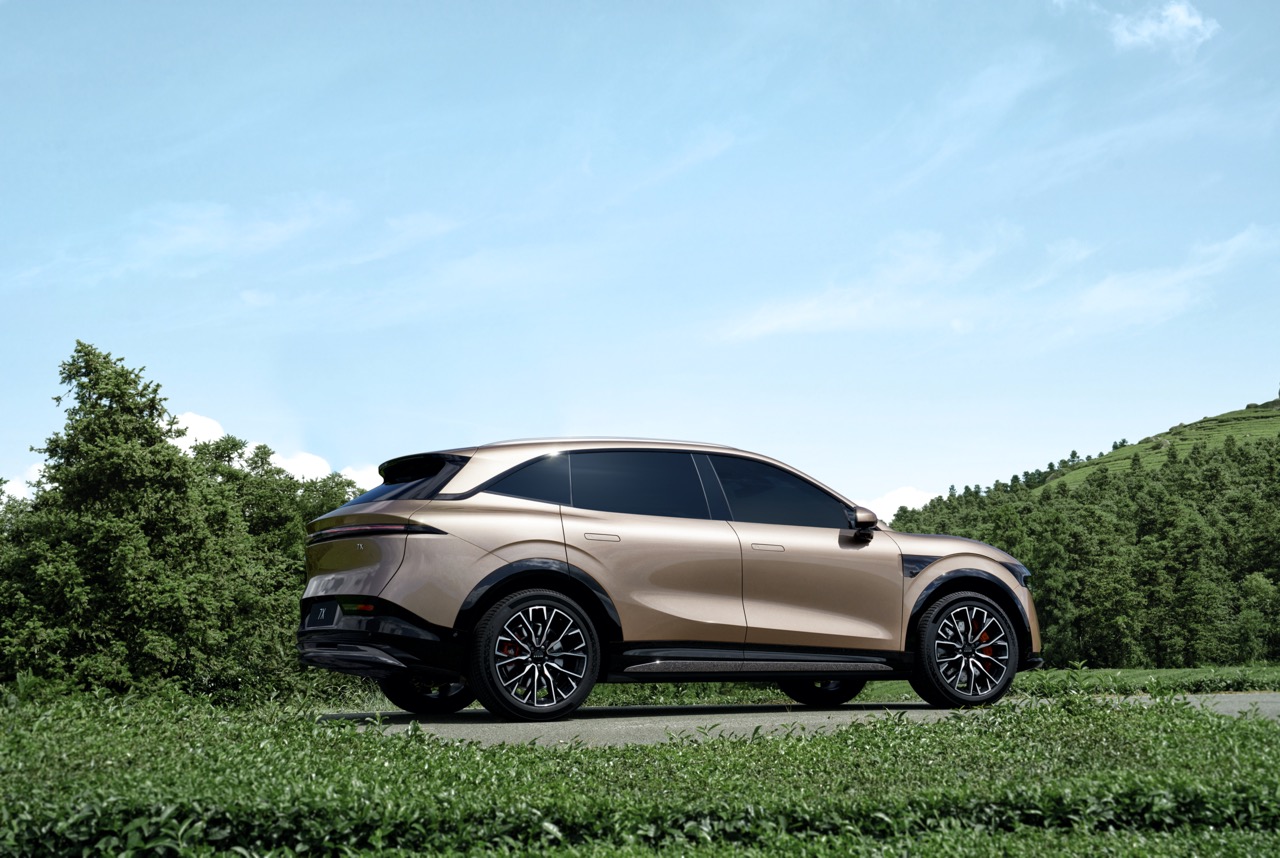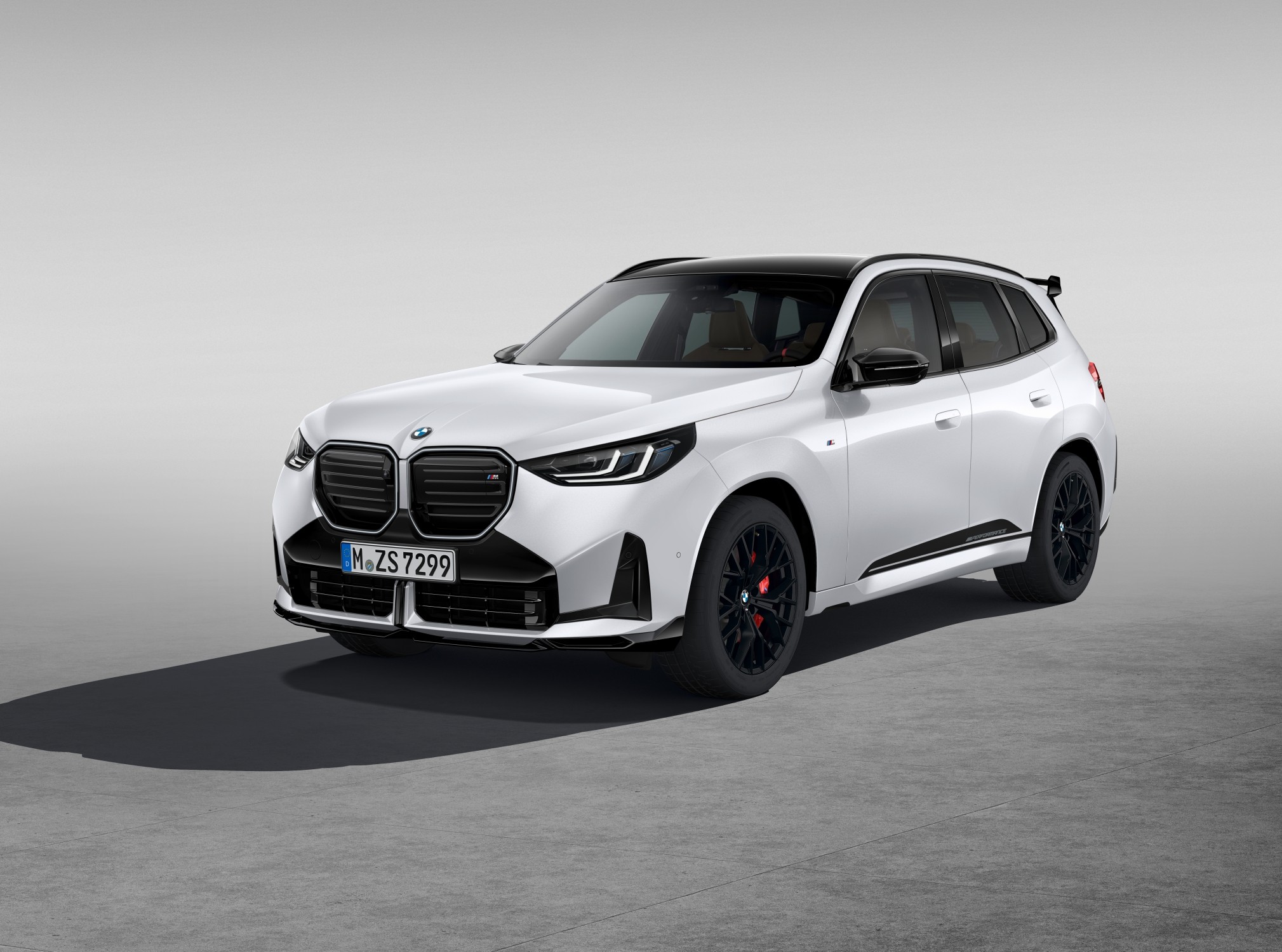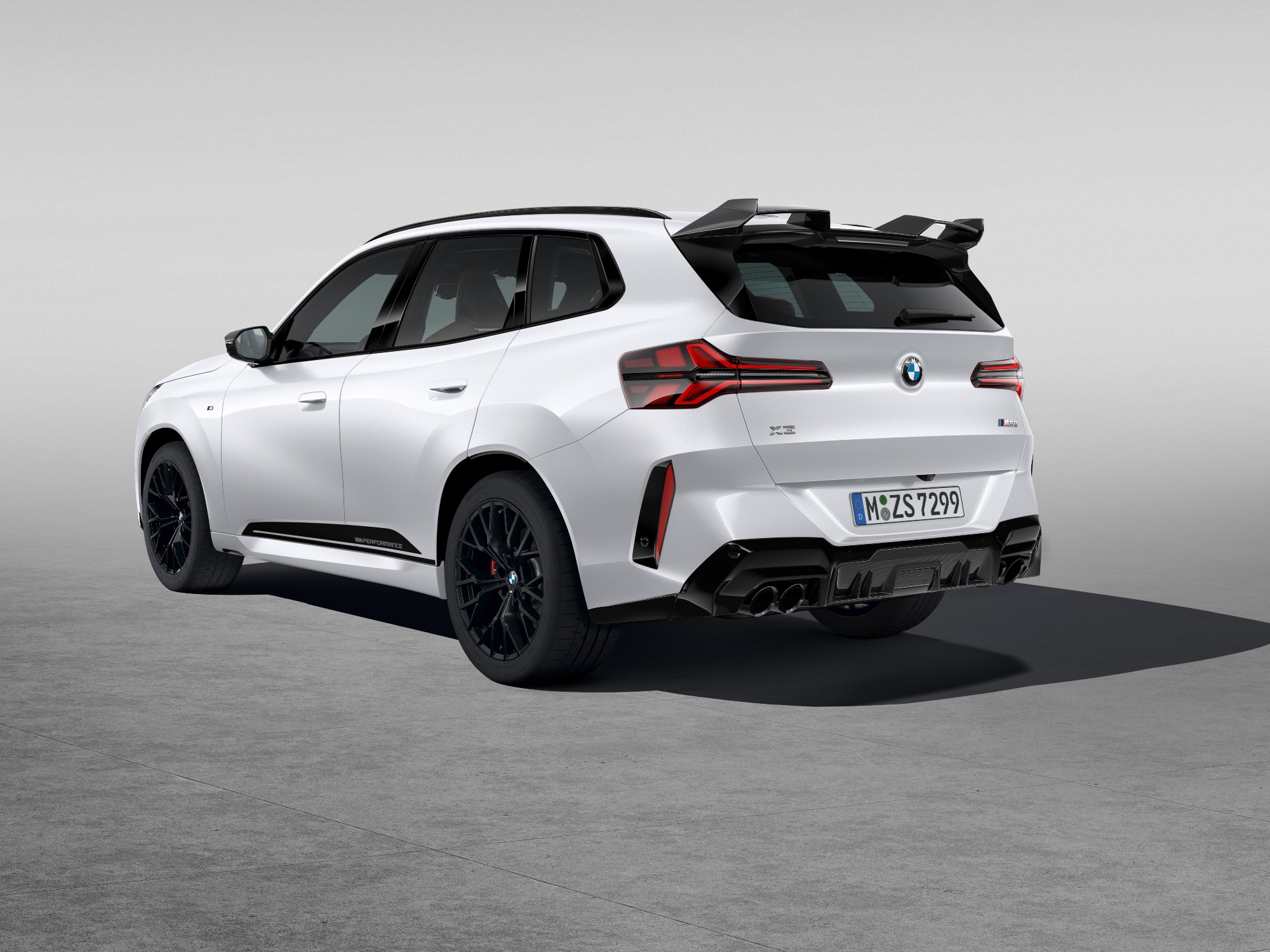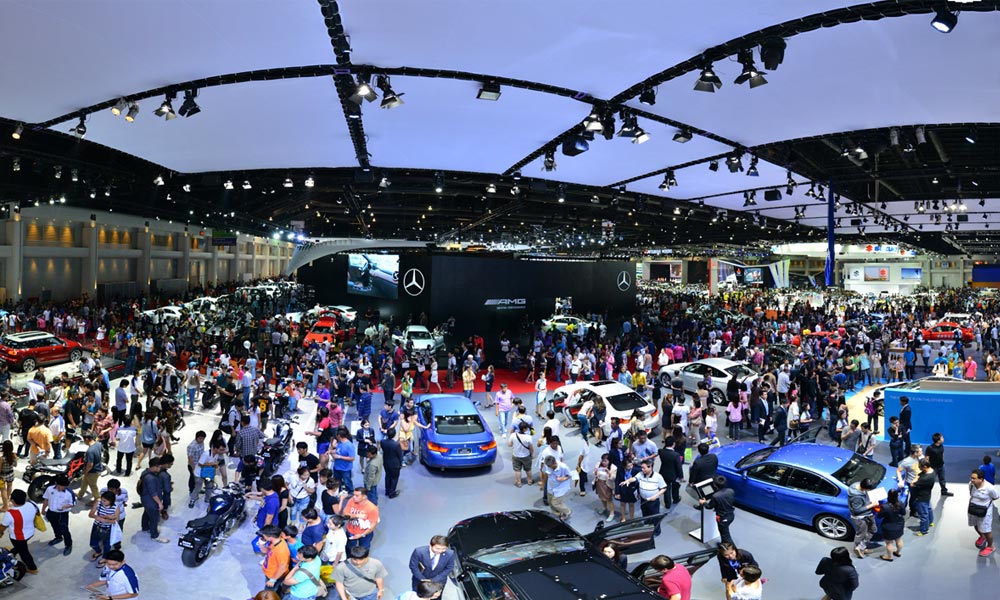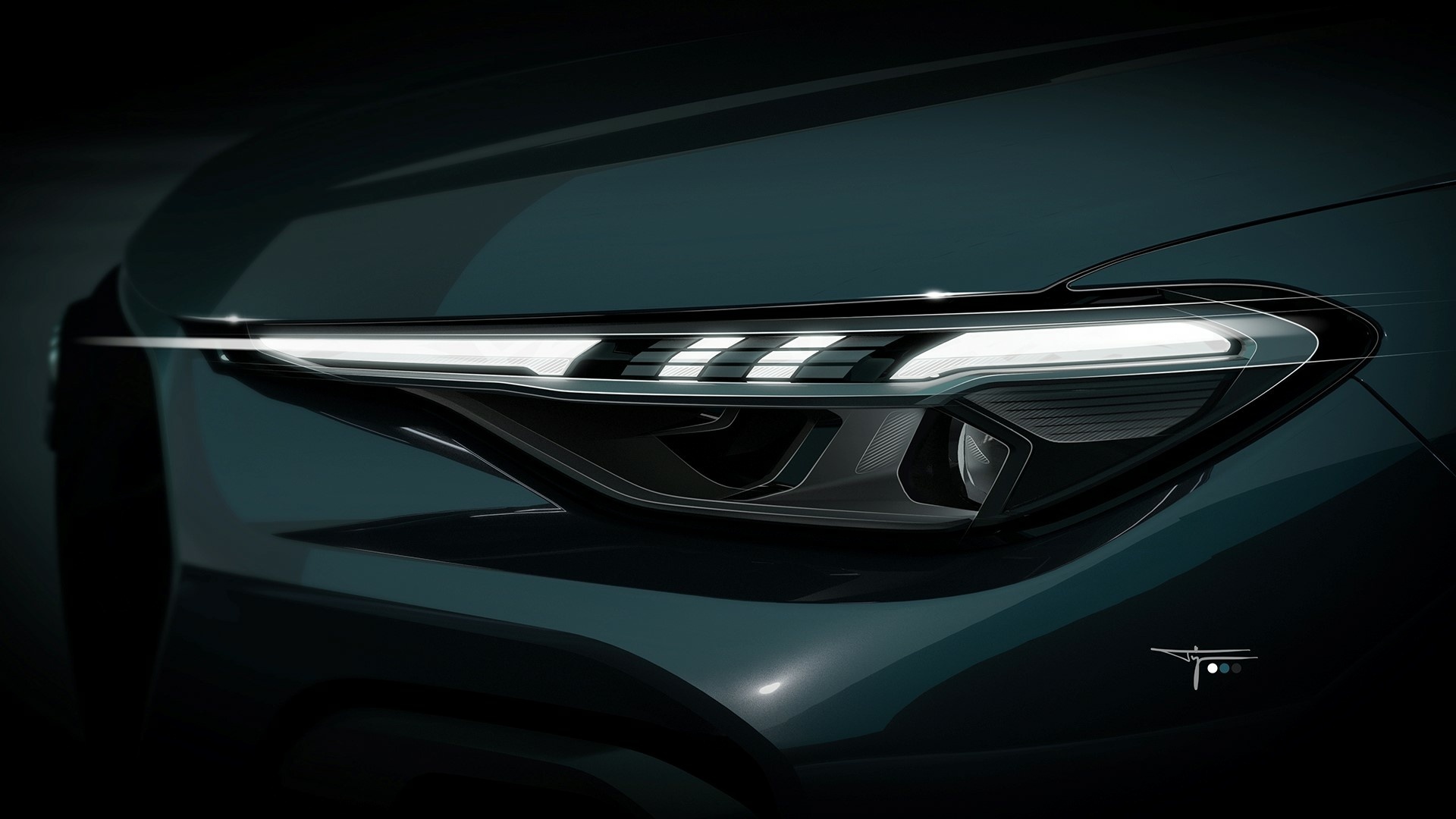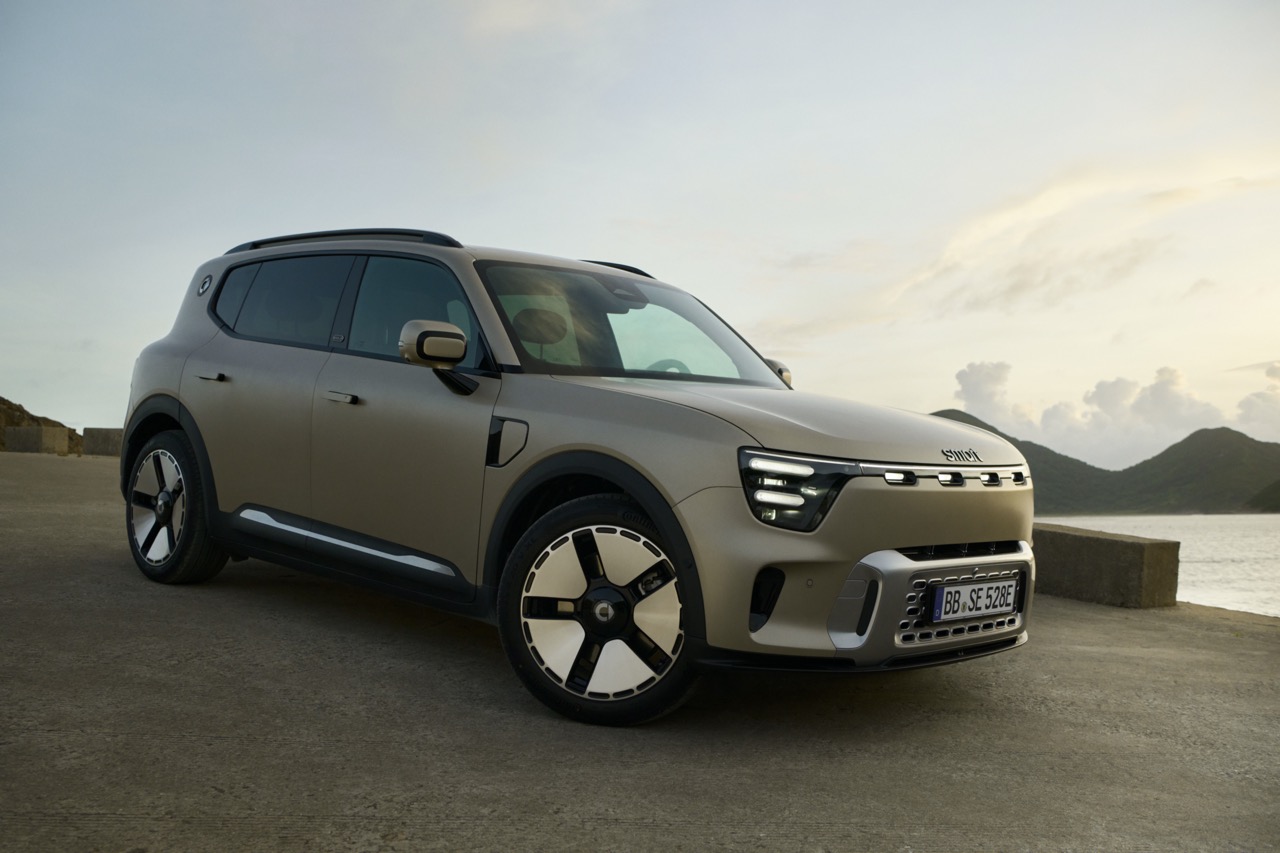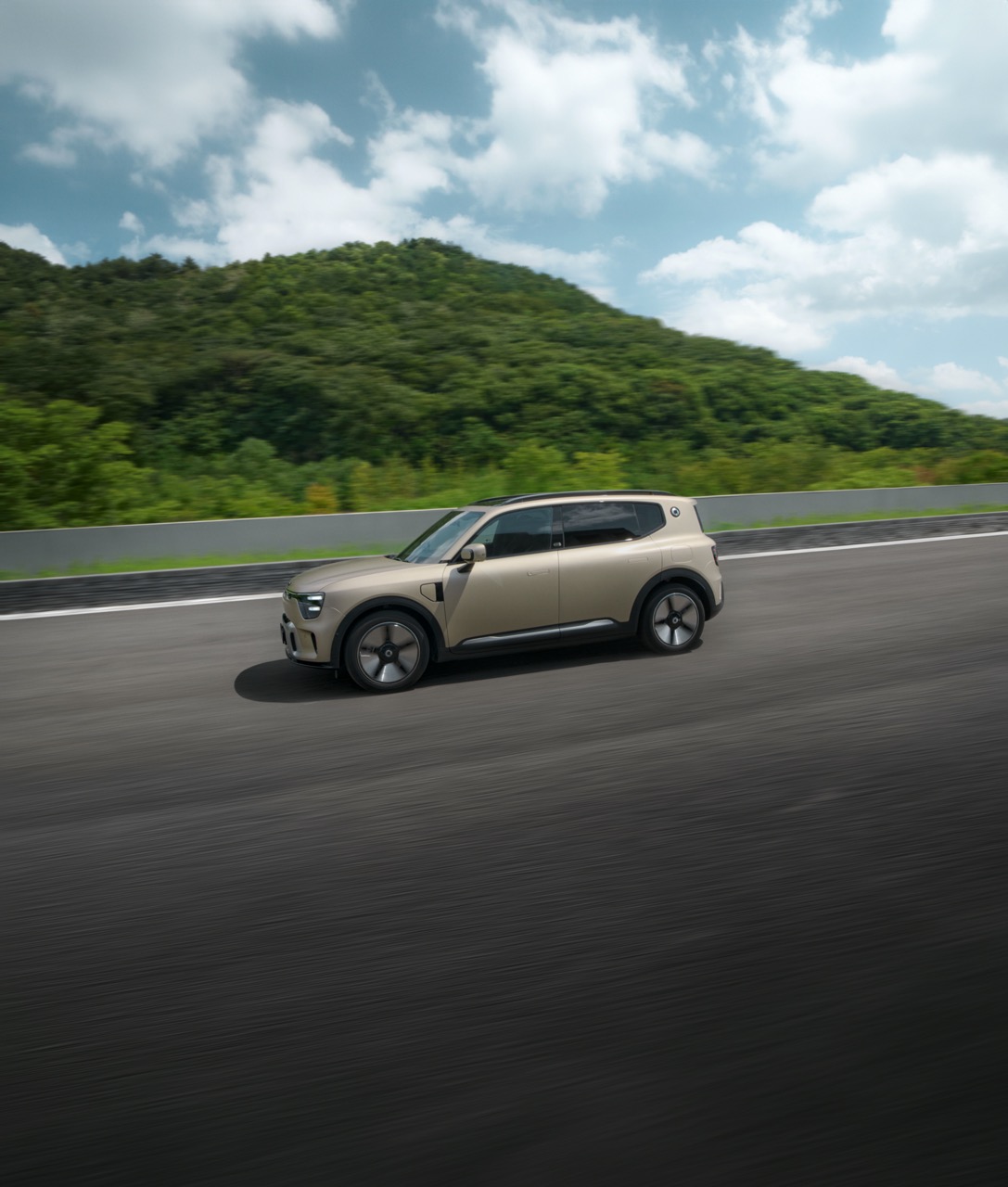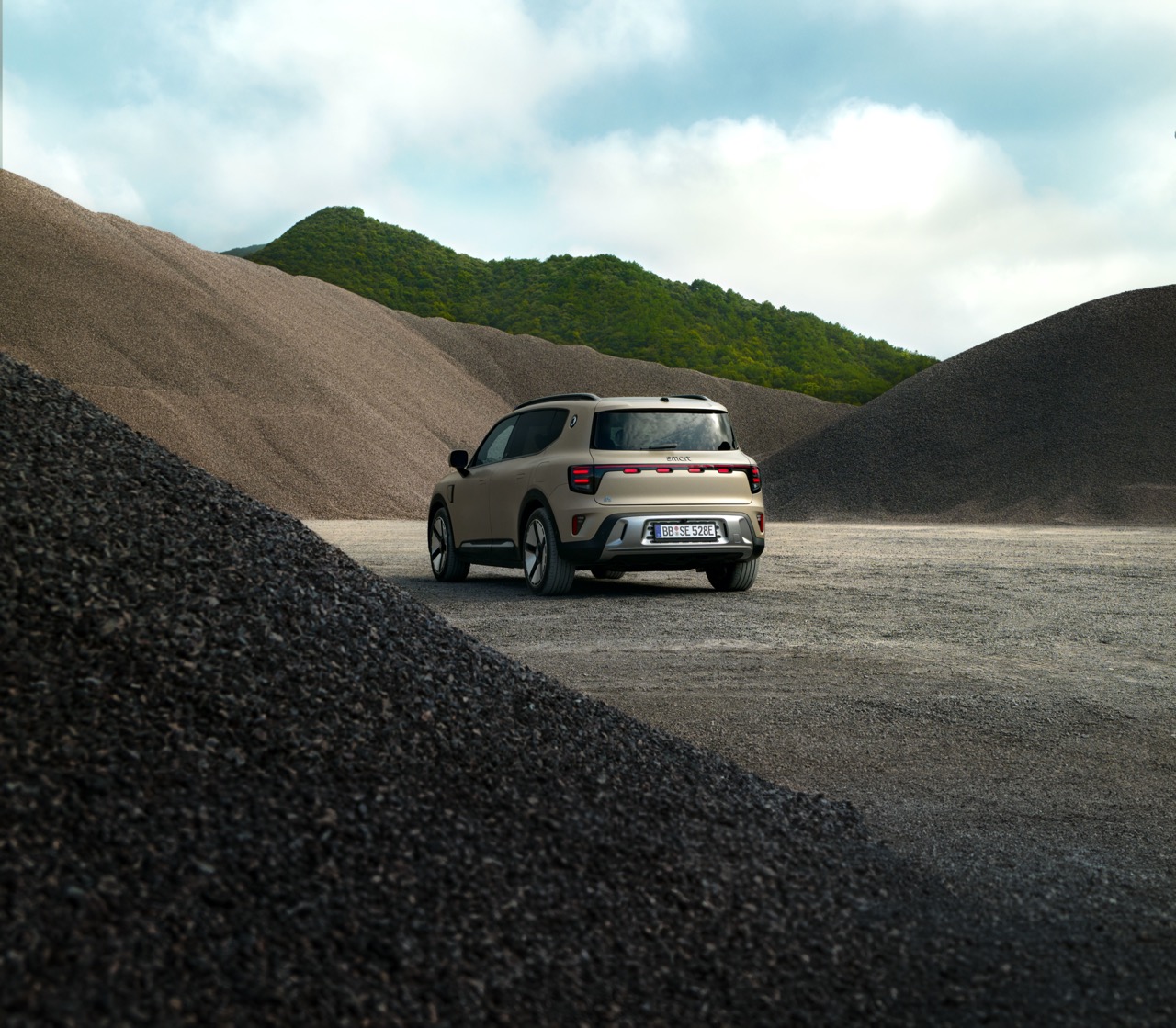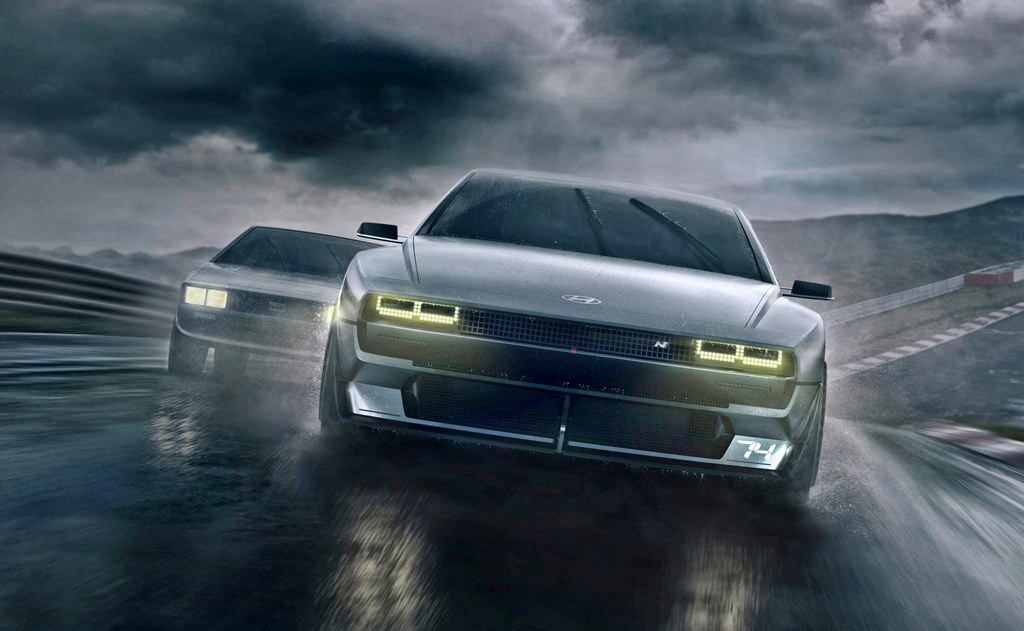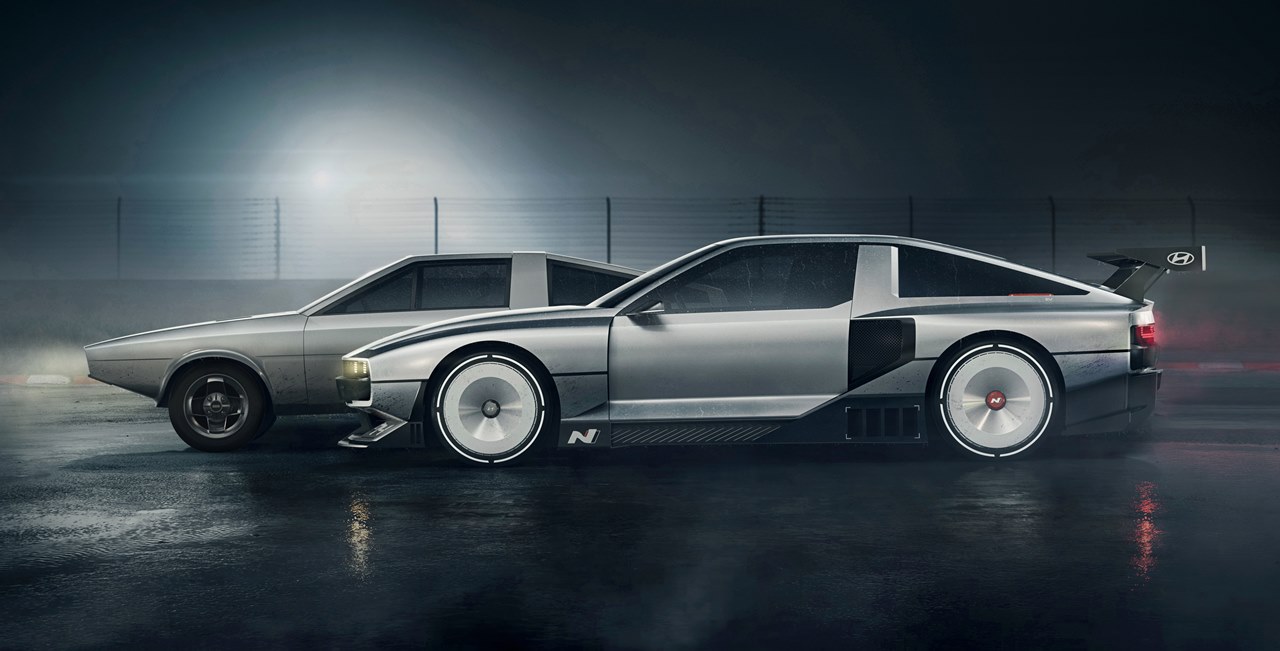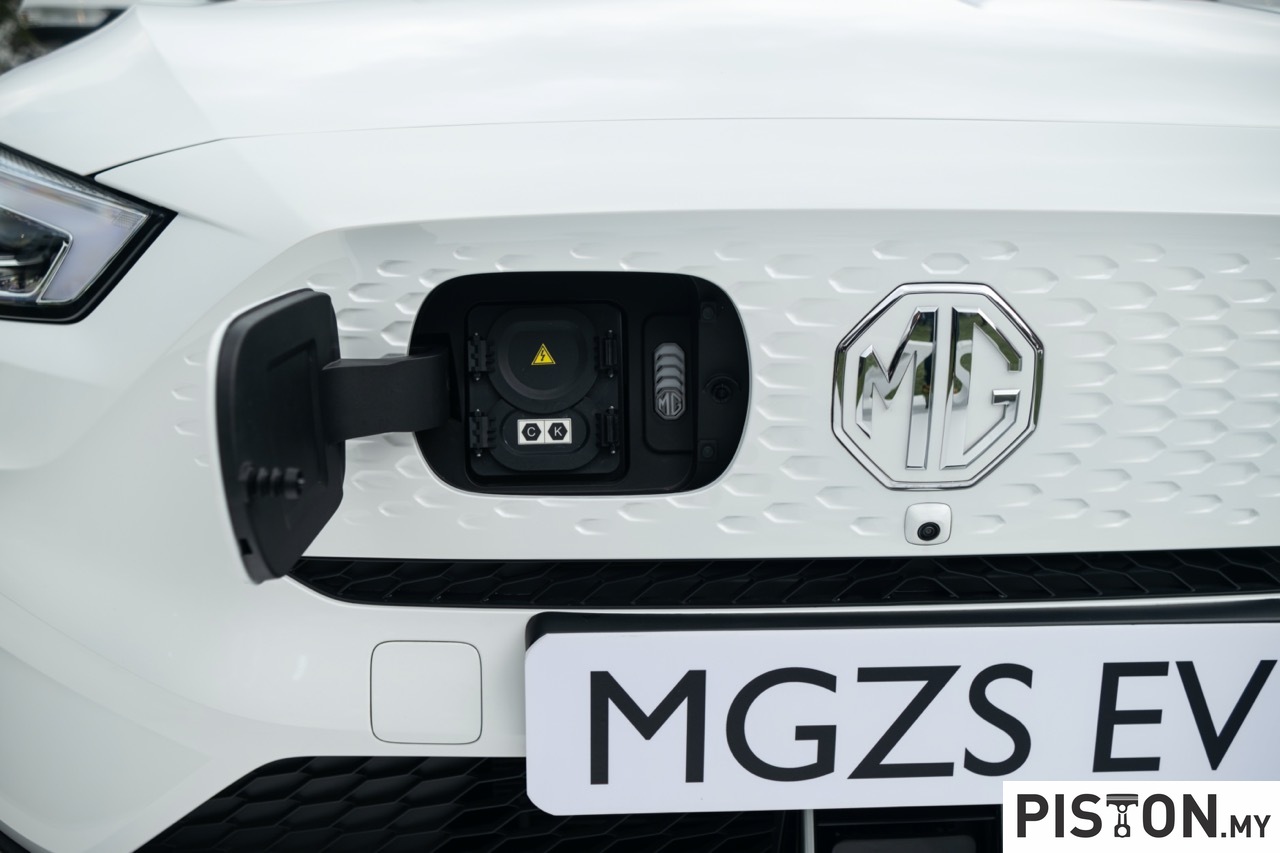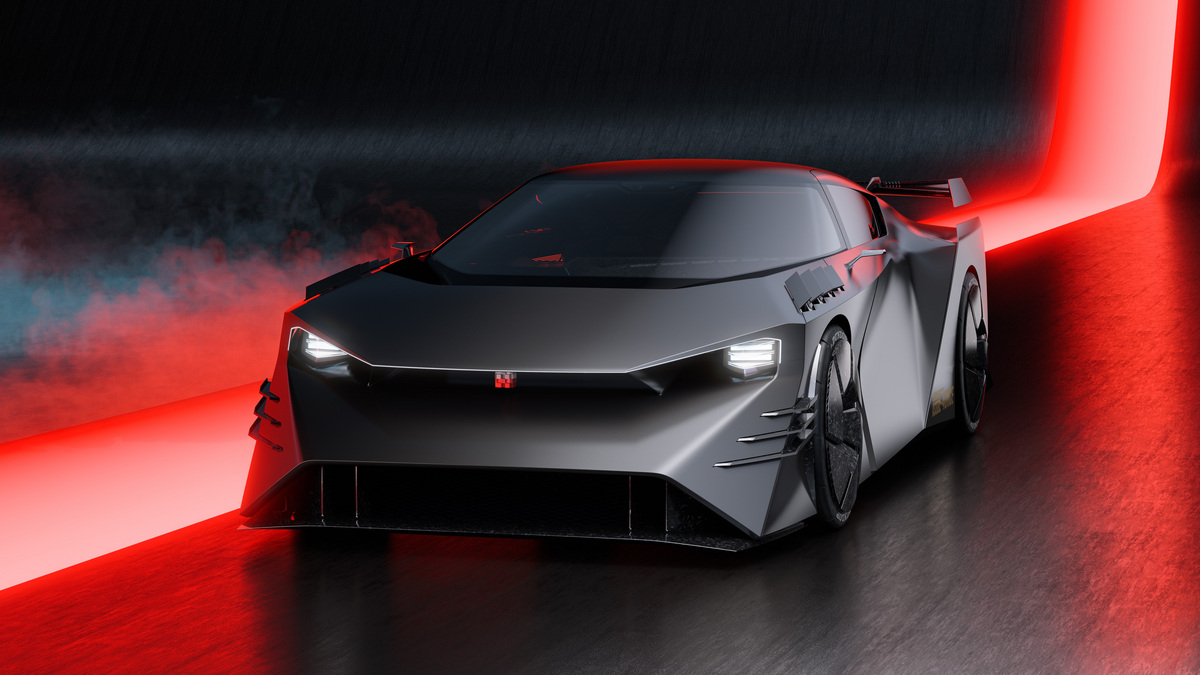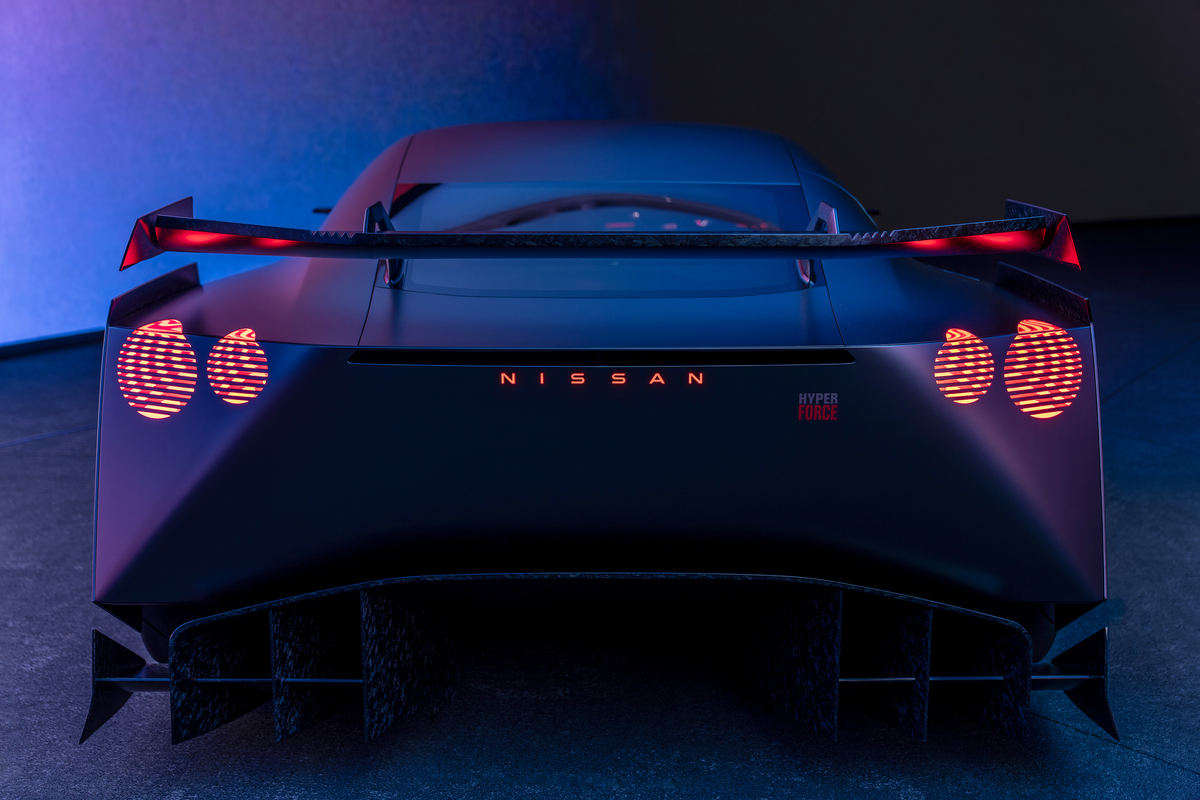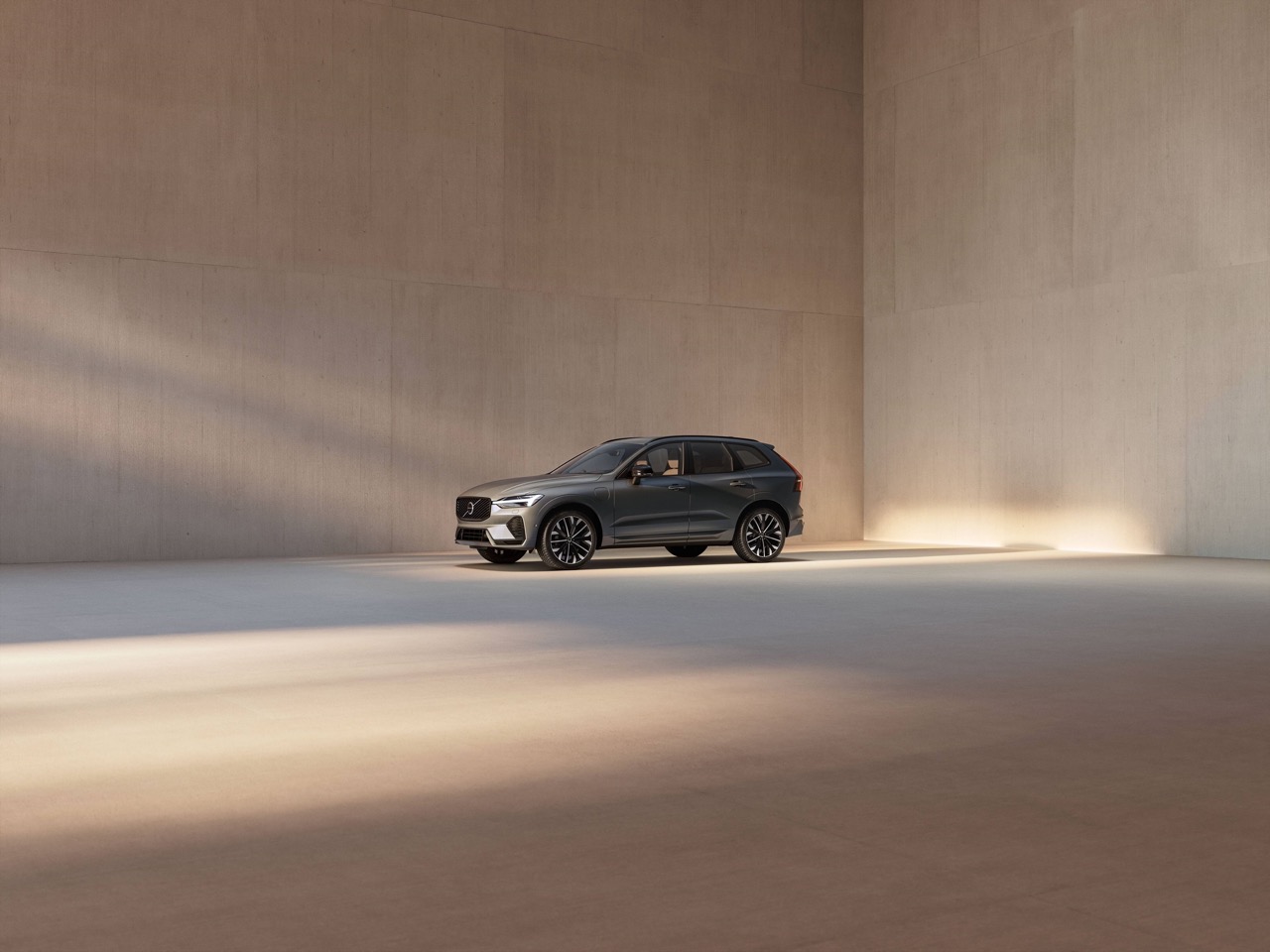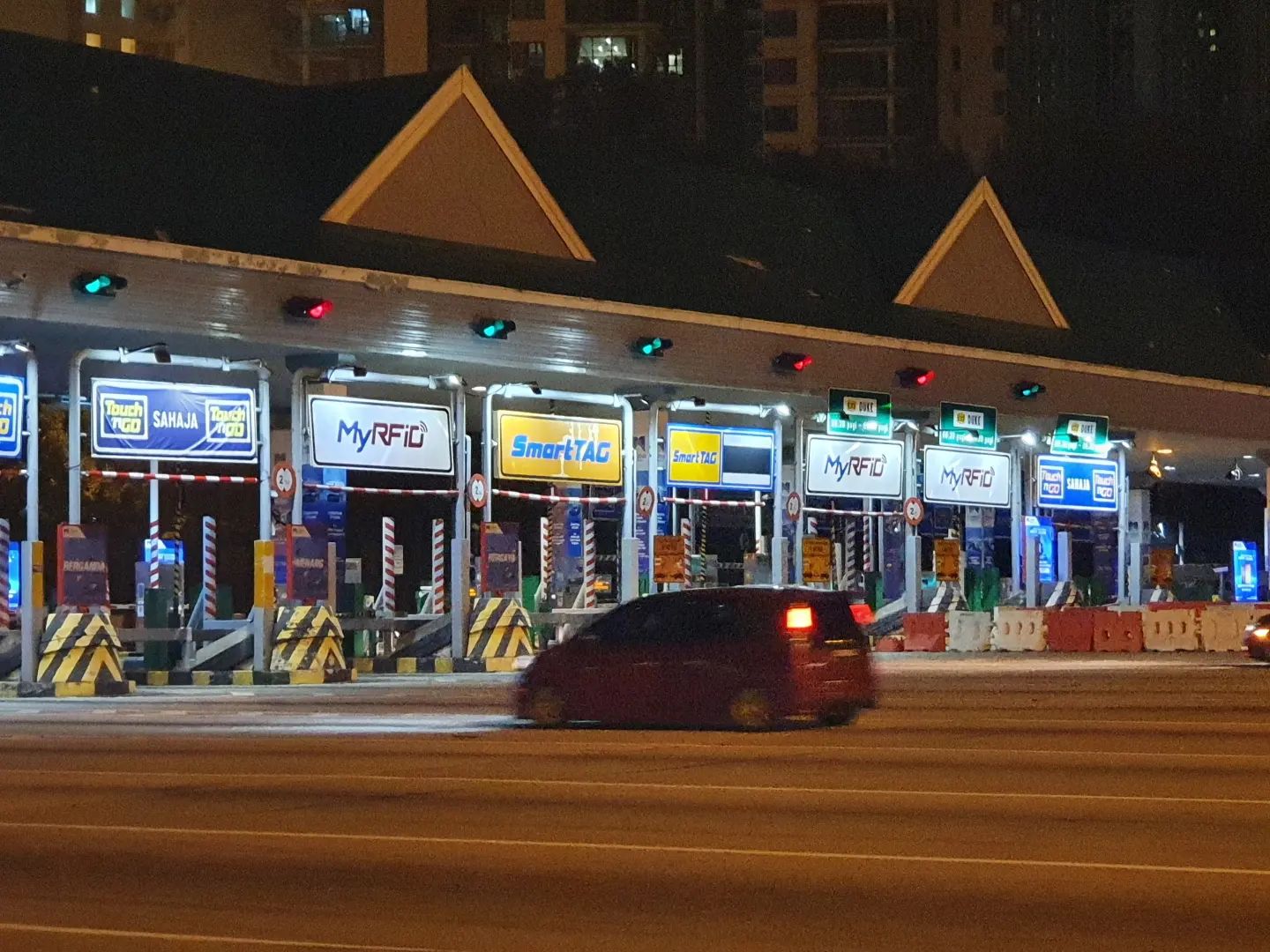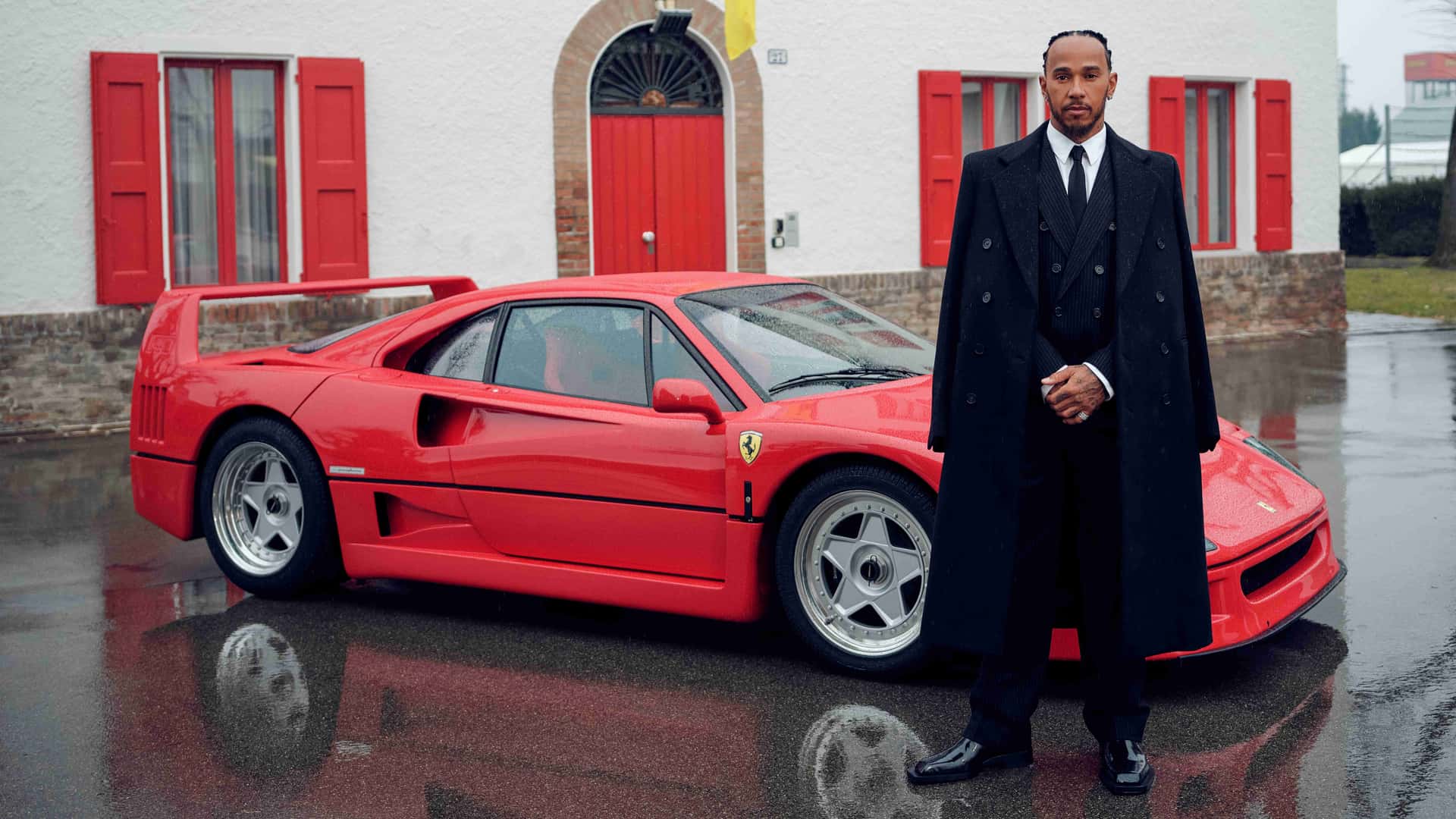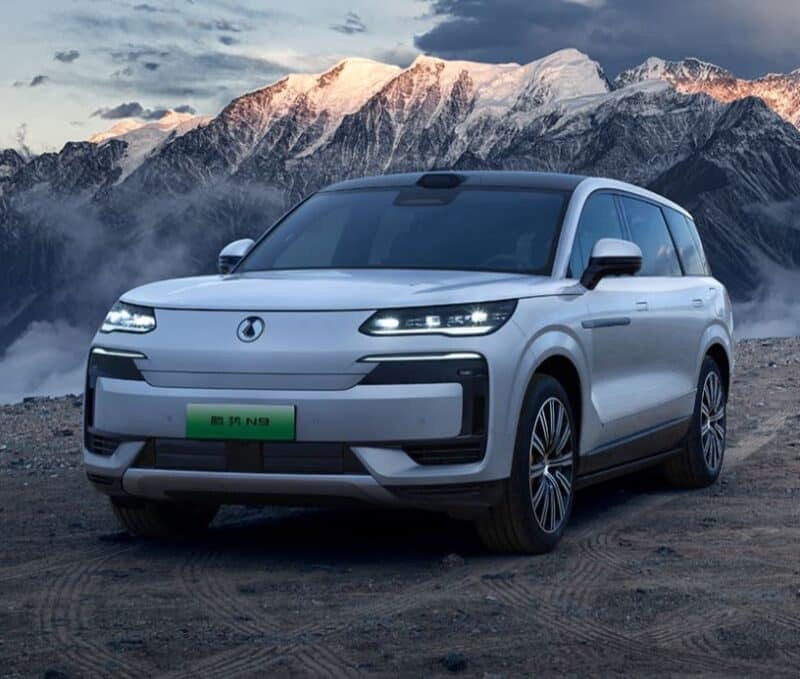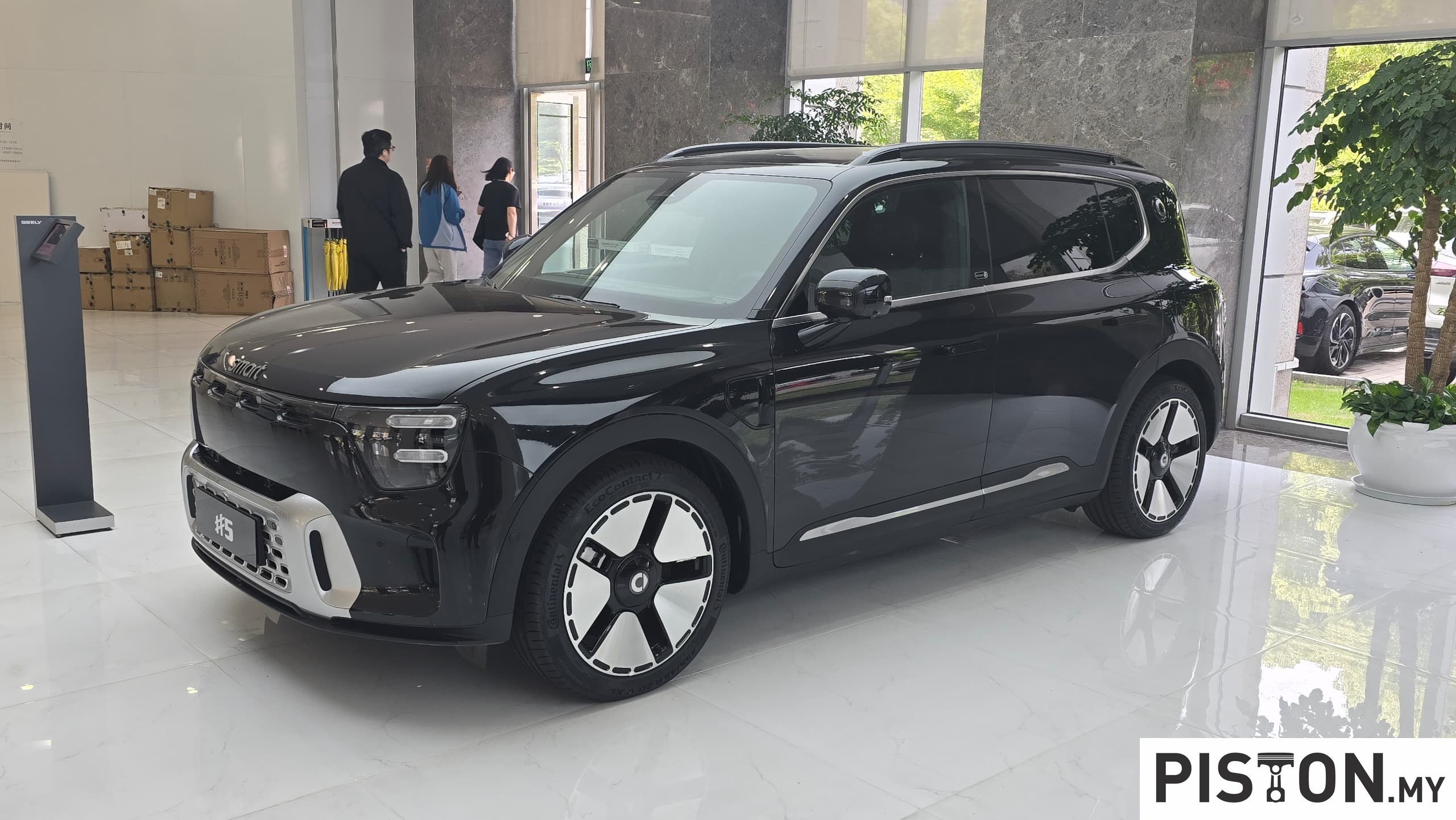BYD is taking significant strides in expanding its presence in Europe by planning to acquire its German distributor, Hedin Electric Mobility. This strategic move will bolster BYD’s control over its vehicle sales and operations in Germany, enhancing its position as a leading electric vehicle (EV) manufacturer on the continent. The acquisition is expected to be finalised by the fourth quarter of this year, pending approval.
With this purchase, BYD will take full responsibility for the sales and distribution of its vehicles and spare parts in Germany, and also manage key stores in Stuttgart and Frankfurt. This move comes as the German EV market faces declining sales in 2024, but BYD remains determined to overcome the challenge by strengthening its local operations. In 2022, BYD successfully sold over 4,000 vehicles in Germany, underscoring its growing foothold in the country.




